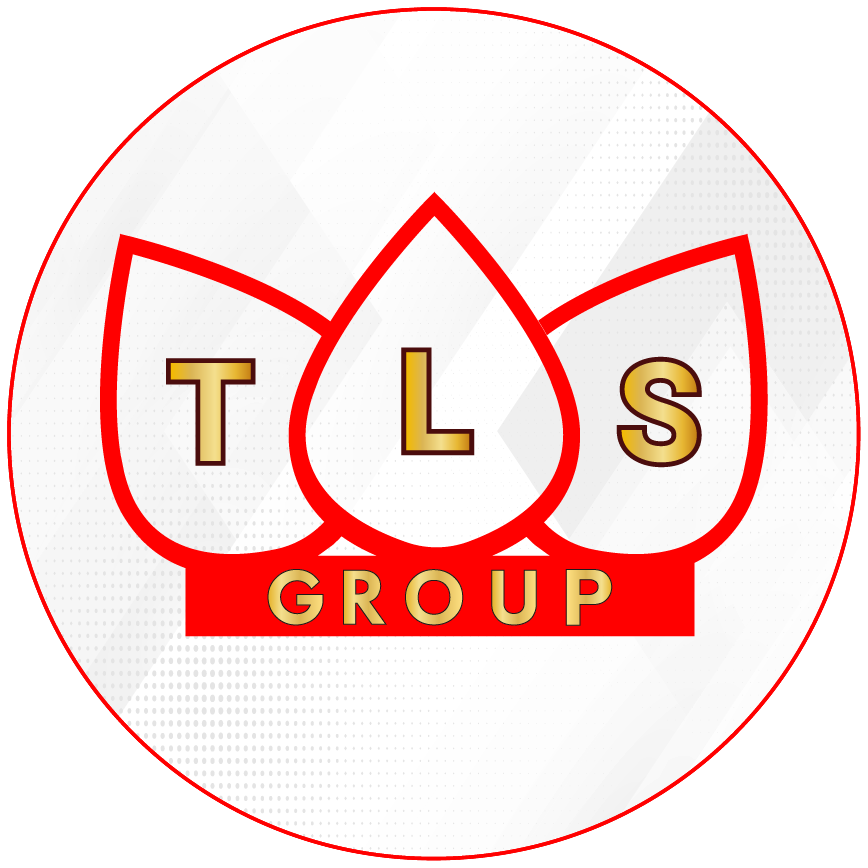And that information includes a financial summary of your business from its start through the “as of” date on the balance sheet. Companies prepare the balance sheet and the income statement periodically at the end of each accounting cycle. While a balance sheet relates to a specific date, or a given point within an accounting cycle, an income statement is concerned about a particular period, or the time during an accounting what is accounting purpose need and importance cycle. Whatever the length of an accounting period—whether monthly, quarterly, or by fiscal year, for example—during that time span a company performs, aggregates, and analyzes accounting functions. An accounting period is an established range of time during which accounting functions are performed, aggregated, and analyzed. An accounting period may consist of weeks, months, quarters, calendar years, or fiscal years.
Assets are what a company uses to operate its business, while its liabilities and equity are two sources that support these assets. For federal income tax purposes, only C corporations are required to complete a balance sheet as part of their annual return. This balance sheet compares items at the beginning of the year with items at the end of the year. The IRS wants to see that the balance sheet included with Form 1120 agrees with the corporation’s books and records.
- A liability is anything a company or organization owes to a debtor.
- On the other side, you’ll put the company’s liabilities and shareholder equity.
- Financial strength ratios, such as the working capital and debt-to-equity ratios, provide information on how well the company can meet its obligations and how the obligations are leveraged.
Enlisting the help of an accountant who knows your business and your industry is also key to using your balance sheet to make business decisions. Financial position refers to how much resources are owned and controlled by a company (assets), and the claims against them (liabilities and capital). Assets, liabilities and capital balances are reported in a balance sheet, which is also known as statement of financial position.
Best Free Accounting Software for Small Businesses
You probably know that the accounts on an Income Statement reset to zero at the beginning of a new year. Different accounting systems and ways of dealing with depreciation and inventories will also change the figures posted to a balance sheet. Because of this, managers have some ability to game the numbers to look more favorable. Pay attention to the balance sheet’s footnotes in order to determine which systems are being used in their accounting and to look out for red flags. Retained earnings are the net earnings a company either reinvests in the business or uses to pay off debt. The remaining amount is distributed to shareholders in the form of dividends.
- The company has assets of $1,000, no liabilities, and owner’s equity (the owner’s contribution to the business) of $1,000, so both columns match up.
- Notice that now we’re looking at total liabilities — including long-term debt.
- If liabilities are larger than total net assets, then shareholders’ equity will be negative.
- For example, accounts receivable must be continually assessed for impairment and adjusted to reflect potential uncollectible accounts.
- Guidelines for balance sheets of public business entities are given by the International Accounting Standards Board and numerous country-specific organizations/companies.
First, understand that the assets are listed in order of liquidity. As you move down the Assets, the slowest to convert to cash will be at the end. Some companies issue preferred stock, which will be listed separately from common stock under this section. Preferred stock is assigned an arbitrary par value (as is common stock, in some cases) that has no bearing on the market value of the shares.
Equity / capital
Owners’ equity, also known as shareholders’ equity, typically refers to anything that belongs to the owners of a business after any liabilities are accounted for. It’s important to remember that a balance sheet communicates information as of a specific date. By its very nature, a balance sheet is always based upon past data. While investors and stakeholders may use a balance sheet to predict future performance, past performance is no guarantee of future results.
Why should you create a balance sheet?
Fundamental analysis using financial ratios is also an important set of tools that draw their data directly from the balance sheet. Assets, liabilities and ownership equity are listed as of a specific date, such as the end of its financial year. A balance sheet is often described as a “snapshot of a company’s financial condition”.[1] It is the summary of each and every financial statement of an organization. A balance sheet is a financial statement that communicates the so-called “book value” of an organization, as calculated by subtracting all of the company’s liabilities and shareholder equity from its total assets. When paired with cash flow statements and income statements, balance sheets can help provide a complete picture of your organization’s finances for a specific period.
What Is A Balance Sheet? (Example Included)
The income statement and statement of cash flows also provide valuable context for assessing a company’s finances, as do any notes or addenda in an earnings report that might refer back to the balance sheet. If the income sheet shows what you’re earning, the balance sheet shows what you’re worth. A balance sheet can help an investor see that a company owns valuable assets that don’t show up on the income statement or that it may be profitable but is heavily in debt. It adds up everything your business owns, subtracts everything the business owes, and shows the difference as the net worth of the business. In order for the balance sheet to balance, total assets on one side have to equal total liabilities plus shareholders’ equity on the other side. The balance sheet presents a glimpse into how the company is doing financially.
More Definitions of Annual Balance Sheet Date
The revenue recognition principle states that revenue should be recognized when the money is earned, not when the cash changes hands. For example, a company may earn revenue prior to receiving cash if it allows customers to make purchases on credit. At the time of service or upon transferring a good to the customer, the company will recognize both revenue and an accounts receivable. There are typically multiple accounting periods currently active at any given point in time. For example, assume the accounting department of XYZ Company is closing the financial records for the month of June.
Accounting periods are useful to analysts and potential shareholders because it allows them to identify trends in a single company’s performance over a period of time. They can also use accounting periods to compare the performance of two or more companies during the same period of time. Mention shareholders’ equity on the right side of the balance sheet, right below the liabilities section.
What Can You Tell From Looking at a Company’s Balance Sheet?
To create a balance sheet in your accounting software, go to the reports section and look for financial reports. Since it is a common financial statement, the balance sheet should appear near the top of the list, often right after the profit and loss (or income) statement. If your business is new and simple, you can create a manual balance sheet using the accounting formula. First, list your current bank account balances (assets), subtract any loans or amounts due to others (liabilities), and what is left is your equity in the business. While an asset is something a company owns, a liability is something it owes.
One of the key indices is the debt ratio, which is the ratio derived by comparing total debts to total assets. More precisely, divide total liabilities by total assets to obtain a percentage. For example, if a company has assets of $100,000 and debts of $55,000, the debt ratio is 55% ($55,000 ÷ $100,000).










